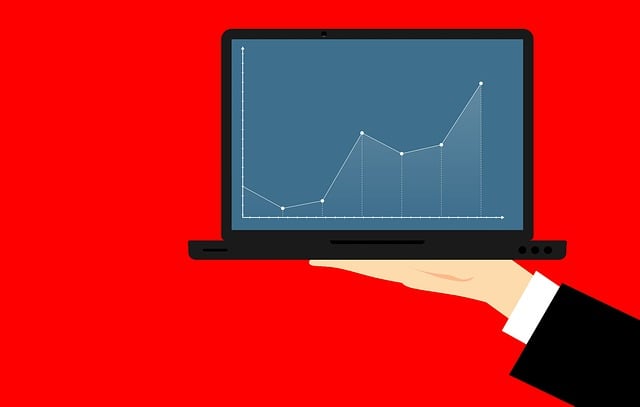License Plate Recognition (LPR) technology enhances live security monitoring by accurately tracking vehicles in real-time, aiding access control, theft prevention, and traffic management. It optimizes fleet operations, improves road safety, and deters criminal activities. However, global variations in license plate designs present challenges that LPR systems must adapt to. Future advancements will integrate LPR with machine learning for more efficient, automated, and secure vehicle tracking within diverse environments.
“Vehicle tracking and surveillance have entered a new era with the advent of License Plate Recognition (LPR) technology. This innovative system transforms how we identify and monitor vehicles, offering unprecedented benefits for security operations. In this article, we explore LPR’s capabilities, particularly its role in enhancing live security monitoring. We’ll delve into the advantages it brings to various sectors, from traffic management to law enforcement, while also addressing challenges and looking ahead to future prospects in auto identification.”
Understanding License Plate Recognition Technology
License Plate Recognition (LPR) technology has emerged as a powerful tool in vehicle tracking and surveillance systems, enabling efficient identification and tracking of vehicles based on their unique license plates. This advanced computer vision technique involves capturing images or videos of vehicle license plates and using specialized algorithms to extract and interpret the plate data. LPR systems can accurately recognize characters and digits, even under varying lighting conditions and potential plate damage, making them versatile for diverse environments.
By integrating LPR with live security monitoring, organizations can achieve real-time vehicle tracking, access control, and law enforcement applications. The technology assists in identifying unauthorized vehicles, enforcing traffic regulations, and providing valuable data for analytics and research. With its ability to process large volumes of license plates swiftly, LPR contributes to enhanced road safety, improved logistics management, and better public security in both urban and rural settings.
Benefits of Live Security Monitoring for Vehicles
Live security monitoring plays a pivotal role in vehicle tracking, offering numerous benefits that enhance safety and security. By providing real-time data on vehicle location and behavior, this technology enables swift response to potential issues. For instance, it can detect unauthorized usage, helping authorities trace stolen vehicles promptly. Additionally, live monitoring allows for the early identification of driver hazards, such as speeding or aggressive driving, enabling corrective actions before accidents occur.
This continuous surveillance also facilitates efficient fleet management. Businesses can optimize routes, monitor fuel consumption, and ensure vehicle maintenance, leading to cost savings and improved operational efficiency. Moreover, it enhances overall security by deterring criminal activities, making the transportation of valuable goods safer. With live security monitoring, businesses and individuals alike can rest assured that their vehicles are protected against various risks, ensuring peace of mind on the road.
Implementing Vehicle Tracking Systems
Implementing Vehicle Tracking Systems offers a robust solution for enhancing live security monitoring capabilities. By integrating advanced license plate recognition technology, these systems enable real-time vehicle identification and location tracking. This is particularly beneficial for businesses aiming to safeguard their assets, optimize fleet management, or enhance overall security protocols.
Through continuous live security monitoring, organizations can gain valuable insights into vehicle movements, deter potential theft, and respond swiftly to any unauthorized access attempts. The precision of license plate recognition ensures accurate data collection, allowing for efficient tracking and analysis of vehicular activities across diverse scenarios, be it within a private compound or on public roads.
Challenges and Future Prospects in Auto Identification
The evolution of license plate recognition (LPR) technology presents a double-edged sword in the realm of vehicle tracking and automation. While it offers unprecedented precision and efficiency, several challenges remain to be addressed. One significant hurdle is the constant evolution of plate designs worldwide, from varying fonts and formats to dynamic changes implemented for security purposes. This poses a continuous test for LPR systems, demanding regular updates and adaptation to stay accurate across diverse jurisdictions.
Looking ahead, the future of auto identification lies in seamless integration with live security monitoring systems. By combining real-time data analysis with advanced machine learning algorithms, these systems can anticipate and mitigate potential risks associated with vehicle tracking. The promise of a more secure, efficient, and automated transportation network is within reach, paving the way for innovative solutions that prioritize both safety and convenience in an ever-evolving digital landscape.
License plate recognition (LPR) technology is transforming vehicle tracking by offering enhanced security through live security monitoring. By implementing LPR systems, organizations can benefit from improved fleet management, efficient access control, and better safety measures. As challenges such as privacy concerns and false positives persist, ongoing advancements in machine learning and data encryption will play a pivotal role in shaping the future of auto identification, making it an indispensable tool for securing our roads and infrastructure.
